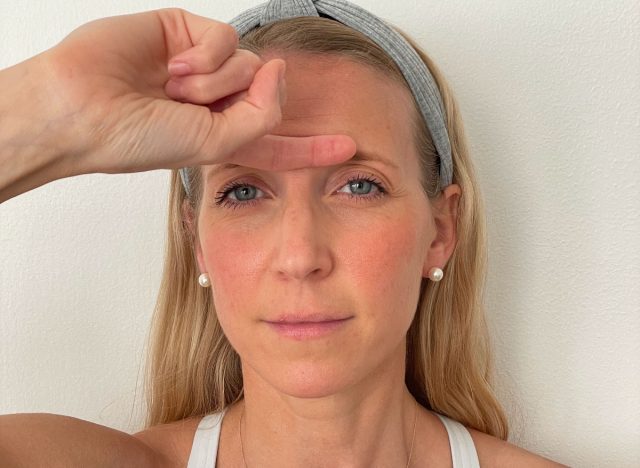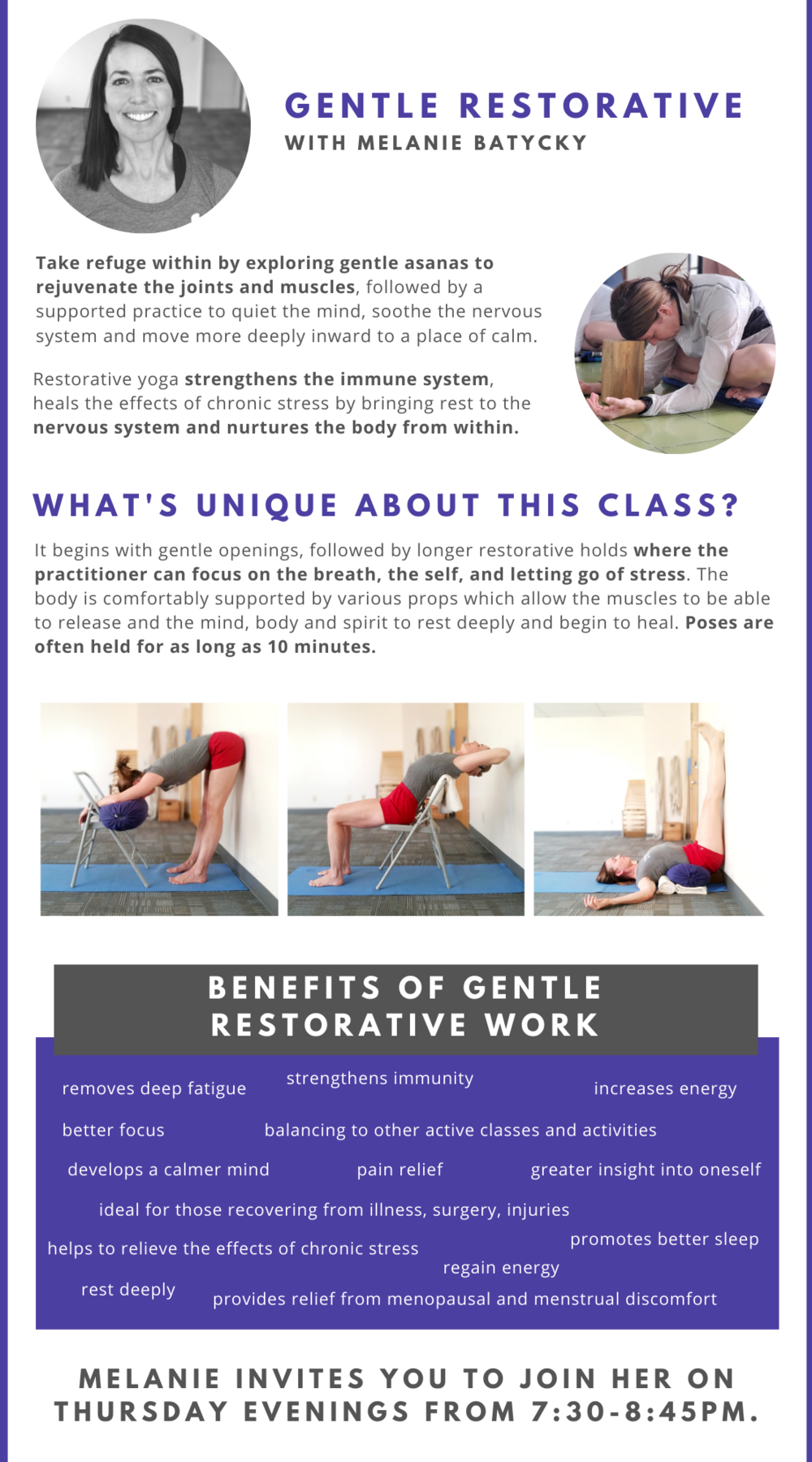
These yoga postures will allow you to stretch your muscles. These are the four most popular yoga poses that will stretch your body. These include the Half Moon and Triangle, Lao Tzu, Triangle and Lunge From Malasana. You can practice these poses by watching our videos. Below are the many benefits of each pose. Each pose has its own benefits, so pick a pose that suits your needs.
Lao Tzu pose
Yoga to stretch Lao Tzu pose correctly requires that you understand its mechanics and practice it properly. In order to master this pose, it is important to breathe evenly. The magic window for holding this pose is three to five minutes. If you feel pain in one area, adjust your breathing and pull back. Stop immediately if there is pain in the other side. During a stretch, pain can be caused by tight areas.
Half Moon pose
Half Moon position in yoga is the best way to get the best results. Also, make sure you are in the right alignment. You'll need to hold the posture with both feet together. This will prevent your knees from locking and allow you to exert equal pressure on both legs. You should breathe naturally throughout the practice to maintain your focus on what is happening right now. If you fall out of the pose, simply repeat the sequence, and practice patience.
This yoga stretch is great for your hamstrings, and will give you a great workout for your hips. It requires some careful twisting of the neck and one-hand balance, but it's worth the effort! It strengthens your abdominal muscles, and also stretches your lower back. It's also a great way to reduce stress, improve your body awareness, and improve your coordination and balance.
Lunge from malasana

Lunge in malasana strengthens your legs, arms and core. The front leg presses into a mat and the right knee is just above the ankle. The back leg will extend and engage the right leg. This will allow the left leg to extend back behind your body. To complete the position, turn your head forward and your body so that you are looking forward. Continue holding the pose for 10-15 to 20 minutes, and then move on to the next side.
You can also reverse knee problems with the lunge. Begin by standing on a table with your feet at four feet. Now bend your left leg and place it above the ankle. Next, keep your right leg straight and place it behind you. This contact can be uncomfortable for the knee. You can do the same thing on the opposite side. Take two to 3 deep breaths.
Triangle pose
Yoga's most common pose is the Triangle pose. This stretch increases strength and balance. The torso should be in alignment with the topsideribs. The pose can be challenging for those with injuries in the neck, back, hips, or legs. It is best to practice slowly. Take note of how long it takes you to hold each position without slipping. You can take the Health Intelligence Test if you're not sure how to do it correctly. Based on your biology, the test will provide you with personalized health insights.
To get into the triangle pose, start by standing in Mountain Pose. It is located at the end of your mat. Inhale deeply and spread your legs apart. Individuals will find the best position for this pose. Stretching your hips will cause your legs to be too close together. Find the perfect balance between your legs so that both of you feel stable. You should find a comfortable stretch by folding your arms in this pose.
The pose of a child
Child's Pose is a well-known pose in Yoga. What is Child's Pose? What are its benefits? How to safely perform Child's Pose? Before we begin, however, it's important to know what Child’s Pose actually is. This is a seated pose where your torso and bolster are draped over your head. You can also rest the head on the side you find most comfortable.

If this is your first time doing the Child's Pose, it is important to know that the weight of the body pulls you into the pose. Child's Pose is a very passive pose. The arms should be relaxed and the torso should be folded down. You can support your knees with a roll towel. If you aren't sure of your balance, a pillow and/or folded blanket might help. It is best to practice this pose while your eyes are closed.
Side plank
Side Plank, a core strengthening exercise, focuses on your hips and legs. Begin by placing the left foot on your inner right thigh. Your heel should be pressed into your inner thigh. This will raise your hips and lengthen your tailbone. If you position your knees correctly, your top leg should point up. This stretch will help you if you have scoliosis.
Side Plank: To do a Side Plank, place the top of your left hand behind you and extend your right sidearm. Your right hand should be reaching through your left leg. Bend your lower leg to reach your right side. Now, extend your right arm and draw your tailbone towards the side. Next, bring your right elbow to your right shoulder. Take five deep, slow breaths. Your core will tighten, and your legs will lengthen. Side planks are an excellent exercise to strengthen your core.
FAQ
Why is mental health important for students?
Students' mental health is crucial because it allows them to be focused on school and excel academically. You won't perform well at school if you don't feel like yourself. Students suffering from depression are more likely to miss class, which can lead them to get poor grades. This could lead to students dropping out of high schools and eventually going to college.
Talk to your teachers or parents if you are struggling with depression. They'll be able to help you get the care you need.
Not everyone with depression requires medication. Talk therapy can be very effective for many people. Counselors are a good option if you want to get help.
Why is mental health so important?
Everyone needs mental health. You can't do anything else if you aren't mentally well. It is important to keep your mind healthy.
Our bodies will begin to show signs of stress if they aren't feeling well. This could lead to physical problems such as headaches, stomach aches, backaches, and more. To keep our bodies and minds healthy, we must take care ourselves.
What can psychologists tell us about mental health?
Psychologists believe that mental wellness is an essential component of human development. Psychologists also believe that mental wellness is not just about having mental illness free of all causes, but about being mentally healthy.
Mental health is a topic that psychologists have differing opinions on. Some psychologists think that mental health is not necessary because there are so many people who have no mental illnesses. Others feel that mental well-being is vital because it allows us to function properly.
Statistics
- Neuropsychiatric diseases are the leading cause of death and disability in the U.S., accounting for 18.7 percent of all years of potential lifespan loss and premature mortality.
- In any given year, an estimated 18.1% (43.6 million) of U.S. adults ages 18 years or older suffered from any mental illness, and 4.2% (9.8 million) (healthypeople.gov)
- Similarly, while there is some agreement about the boundaries of typical mental disorders 2, there is likely less agreement about those for positive mental health. (ncbi.nlm.nih.gov)
- It means no drinking any alcoholic beverages and no taking any drugs that aren't 100% natural.
- More than 40 million adults in the United States have an anxiety disorder, but less than 37% of people seek mental health treatment for their symptoms. (talkspace.com)
External Links
How To
How to Care For Autism Children
Autism spectrum disorder is a neurodevelopmental disorder that results in repetitive behaviors and impaired social communication. It affects 1 out of every 50 people worldwide; however, there is no cure for ASD.
The 18-month-old age of infancy is when the symptoms first appear. The most common symptoms are difficulty understanding others' emotions and lack of eye contact. These symptoms can lead to aggression, self-injury and depression.
There is currently no known cause for this disease, although researchers believe genetics play a role. ASD may be caused by factors like infection, stress, obesity, drugs, vaccines or alcohol. Some viruses such as rubella, measles and others may also increase the risk of developing ASD later.
Even though early intervention and diagnosis are important, many families have trouble with their child's behaviour once they reach school age. Different treatment options are available depending on the severity and type of the problem. Research shows that therapy focused on improving social interaction and decreasing problem behavior can make a significant difference.